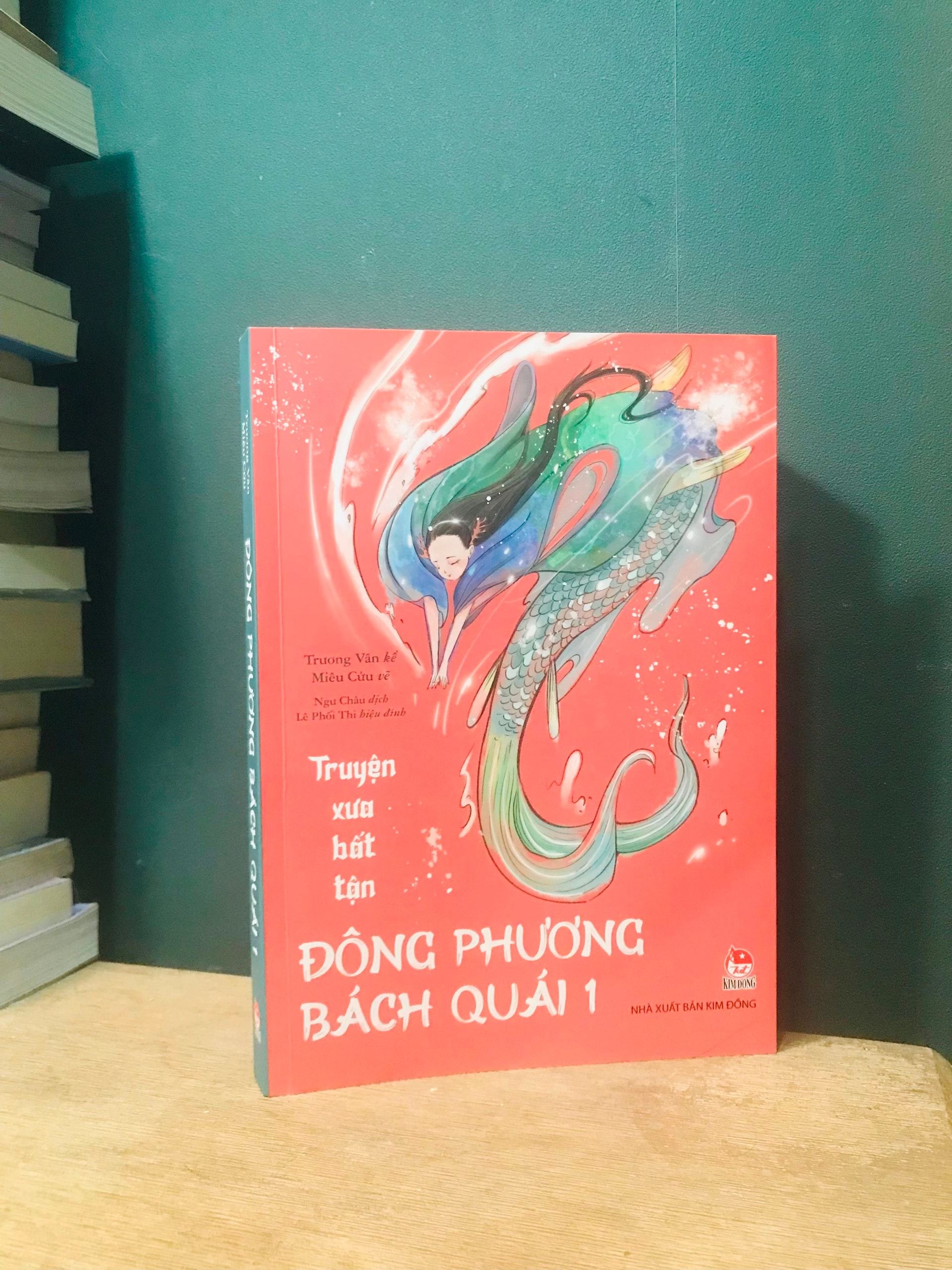
Old but new
In China, since the Warring States period, there was a book called Shan Hai Jing, authored by unknown author, which recorded mythical creatures living hidden in heaven and earth.
Over thousands of years, the number of works written about strange stories in the world has increased. So it is not surprising that in the middle of the 21st century, there was a Chinese man named Truong Van, passionate about learning about fairy tales and monsters, painstakingly searching through books from ancient times to the present to compile the book Dong Phuong Bach Quai (translated by Ngu Chau, edited by Le Phoi Thi, Kim Dong Publishing House 2025).
Zhang Yun was born in 1984, from Anhui. According to the introduction in the book, he dreams of being like the literati of ancient times, enjoying a jug of wine, a bag of poems, and traveling to the mountains and rivers. He has written many works, but mainly books about monsters such as Complete Collection of Chinese Monster Stories (2020) and two volumes of Dongfang Baiguai (2022-2023).
This edition of Truong Van's Dong Phuong Bach Quai has added illustrations by Mieu Cuu, combining youthful and familiar features on a nostalgic background, plus detailed drawings, making the imaginary monsters appear on paper.
The content and illustrations work together seamlessly, making this not-so-thick book come alive and packed with information.
The author also does not spend too much time describing the appearance of the monsters but focuses on the origin and stories associated with those monsters, helping to broaden the readership of the book. Young people who want to read it will still find it interesting even though these monsters are not too strange, having appeared in books, comics, and movies. (Kim Dong Publishing House classifies this book for ages 11+).
That said, Truong Van's work is not easy, as can be seen by skimming through the references at the end of the book.
In addition to the book Shan Hai Jing mentioned above, it can be said that Truong Van has made a journey to trace the traces of monsters in the folk world through the pages of books, spanning the Han, Tang, Song, Yuan, Ming, and Qing dynasties, listing more than 60 reference books.
Among them, many works are familiar to Vietnamese readers such as Shan Hai Jing (Classic of Mountains and Seas); Records of the Grand Historian by Sima Qian of the Han Dynasty; Night Talks and Tales by He Bang Ngach (translated by Zhou Haitang, Nha Nam and Literature Publishing House, 2018) and Strange Tales from a Chinese Studio by Pu Songling of the Qing Dynasty.
Selecting a hundred loves from a thousand loves
The book Dong Phuong Bach Quai is divided into 4 chapters, dividing the monsters in the world into four categories: animals, plants, objects, and monsters.
In the chapter on magical beasts, we can mention deer demon, donkey demon; mouse demon, snake king...
The chapter on plants records stories of “Willow sap”, “Pine spirit”, “Ginseng”, “Demon cherry… Meanwhile, “Bach cham (pillow made of cypress wood); “Hanh phu” (walking pot); “Chuc dong” (spoon baby)… are placed in the chapter on monsters and objects. The last chapter is for monsters such as mermaids, werewolves, sea people, mermaids, hairy people…
This system helps readers to distinguish easily, and also proves that the world of monsters is vast and all-encompassing. Not only are there ancient divine beasts, demons living in deep forests and poisonous waters, but they are also closely associated with daily life, blending into human life like an iron lamp or a tripod.
Dong Phuong Bach Quai is a collection of one hundred types of monsters, which can be considered a part of Truong Van's previous work - a work in which he spent ten years "carefully researching ancient books, especially the classification and definition in the book of monsters, then collecting and editing stories about monsters from countless books of all generations...". The result of that effort is a monograph of 1,080 types of monsters.
So what is a monster?
According to the author's explanation, "monsters are strange, bizarre things that originate from real life, but are beyond the normal perception of humans" and can be divided into four main types: demons, fairies, ghosts, and monsters.
Books about monsters are not just myths, because they also show the culture and history of people through the ages. The ancients told stories about monsters not to spread fear but through those stories to convey morality, teaching people to look at all species from plants, animals to seemingly inanimate objects around them, with more humane eyes.
Source: https://baoquangnam.vn/ngao-du-trong-coi-yeu-quai-3155872.html














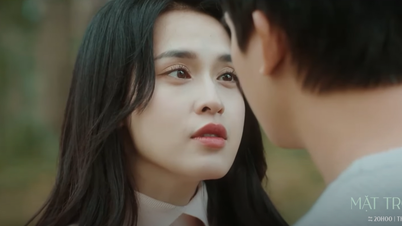
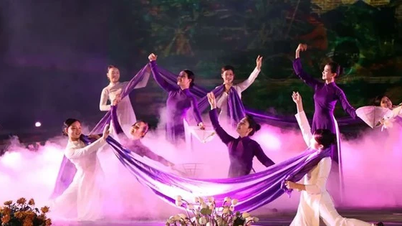





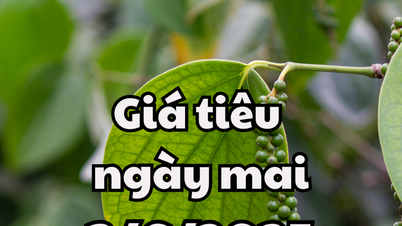
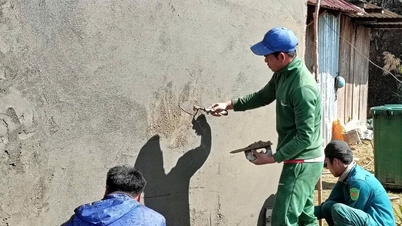

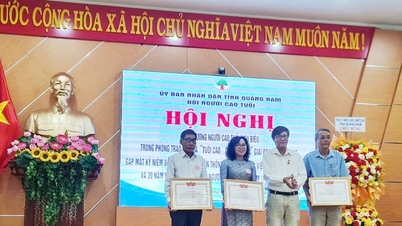












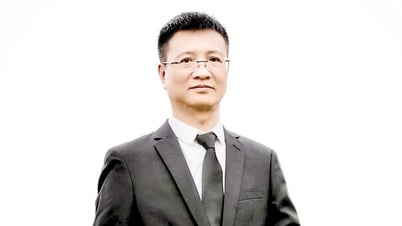





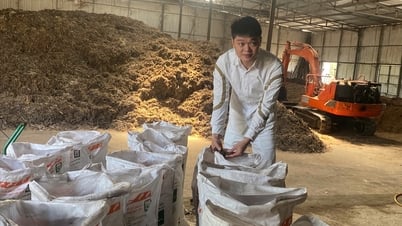




























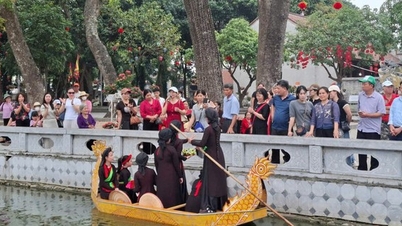
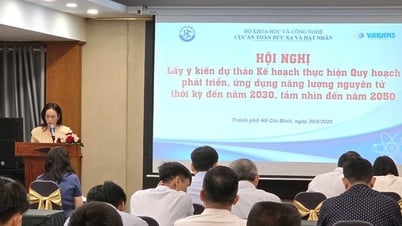

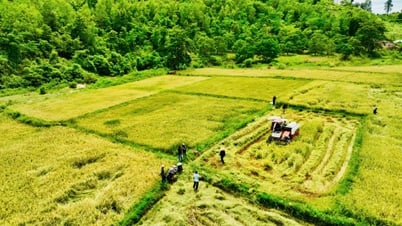

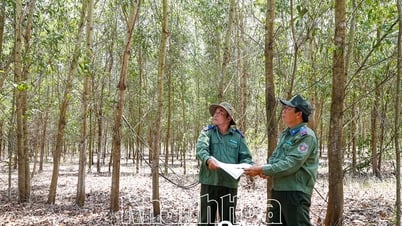




















Comment (0)